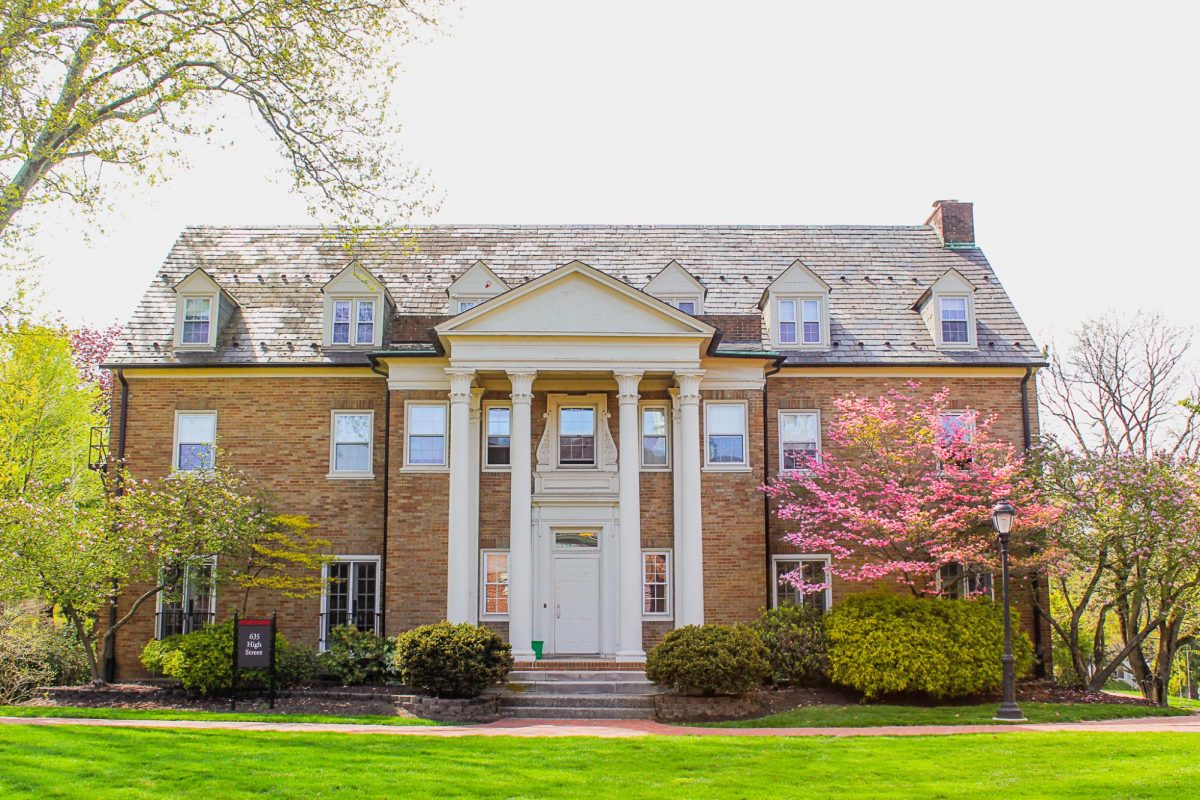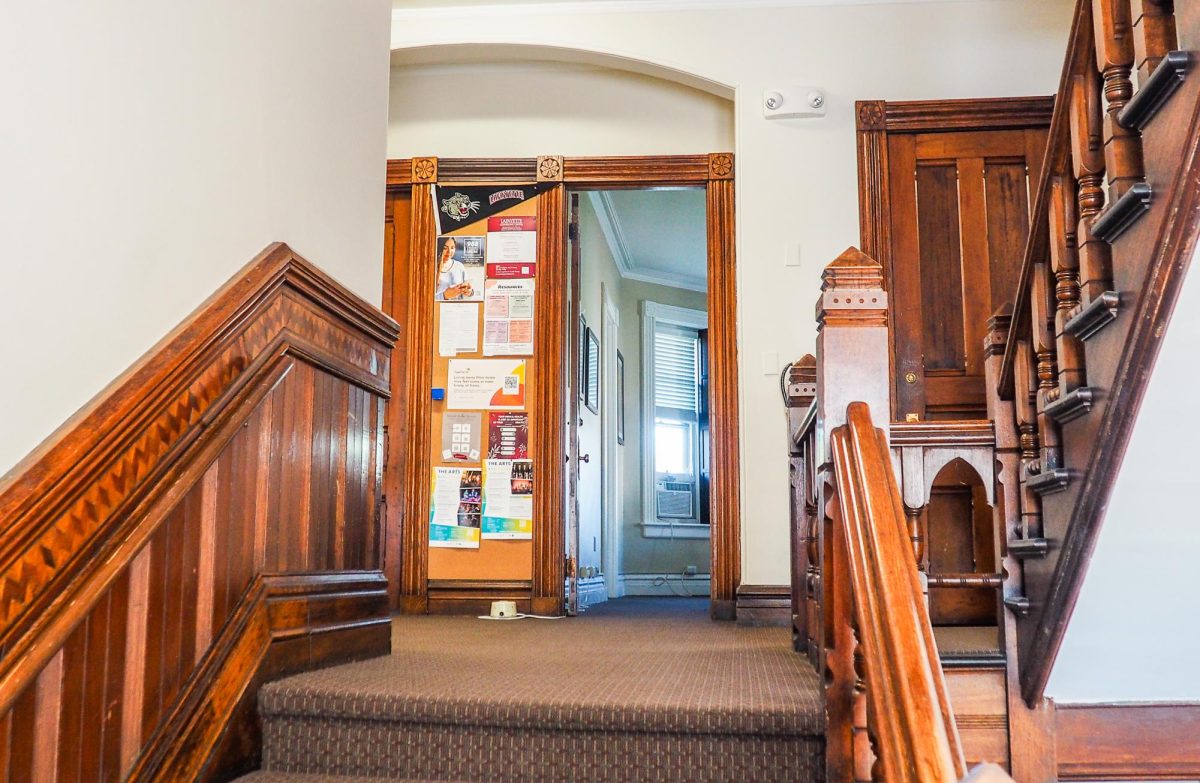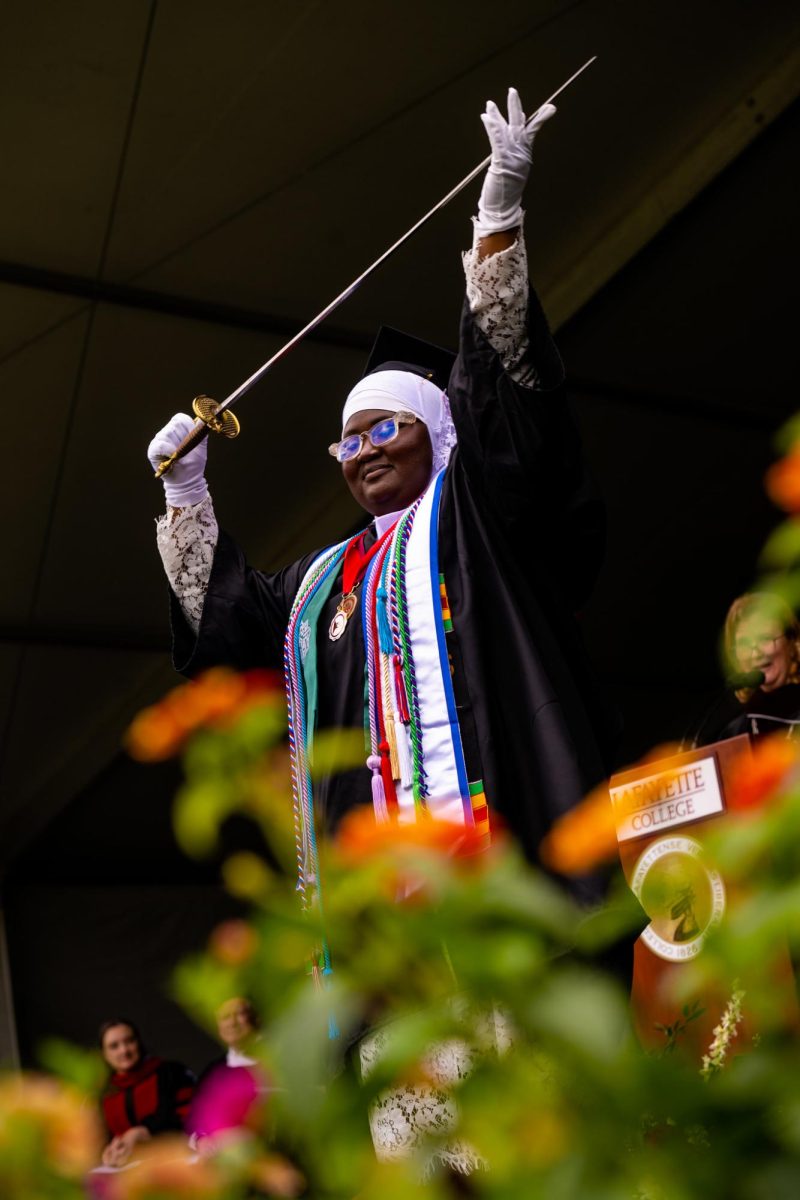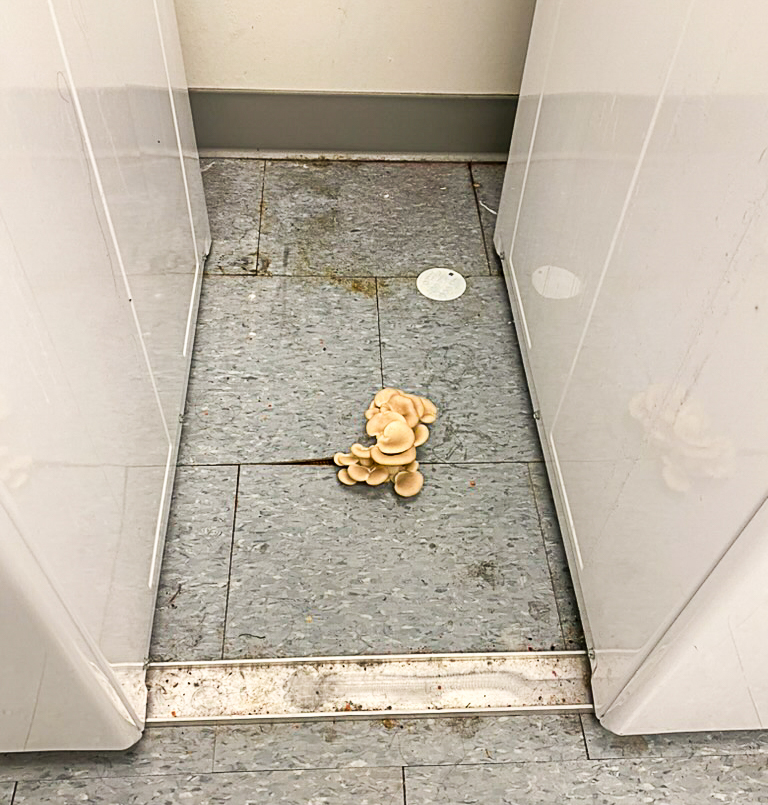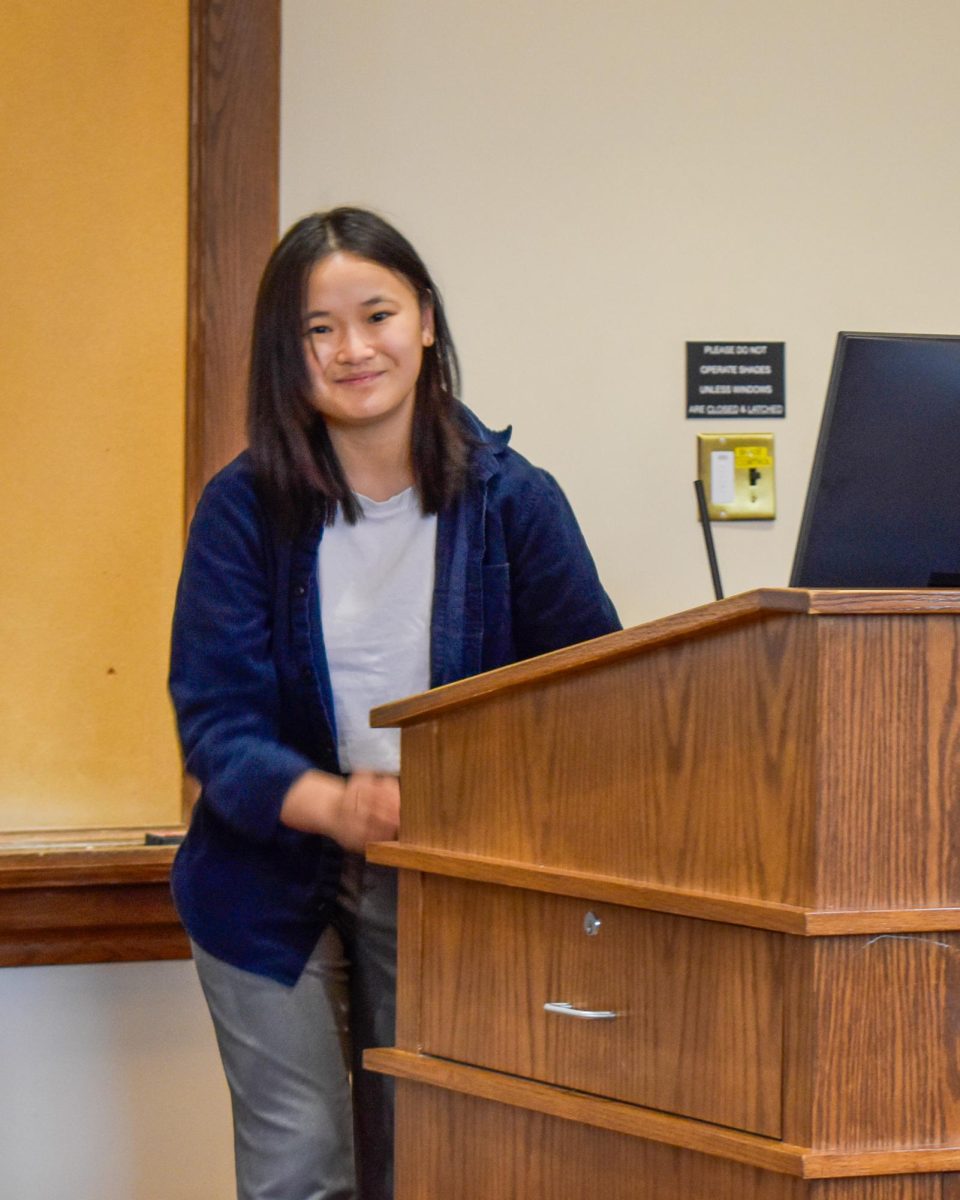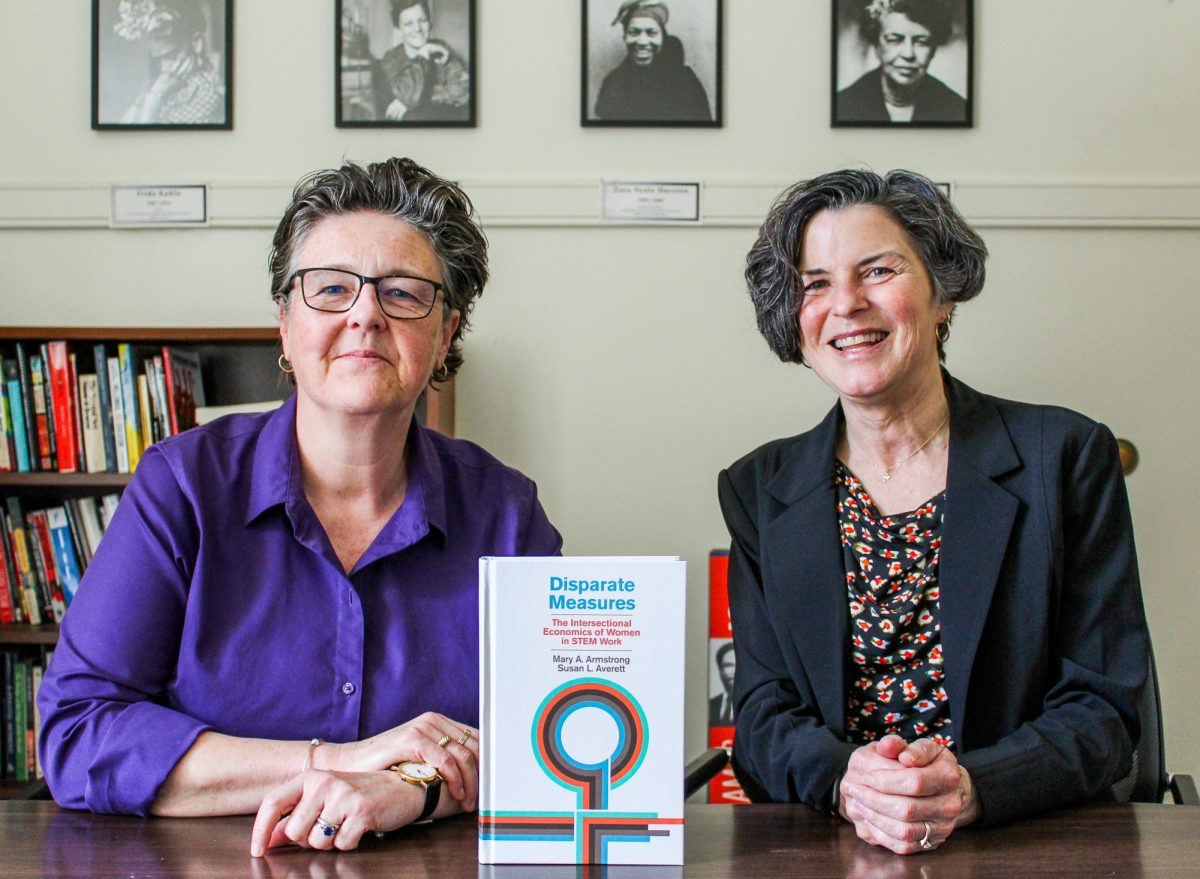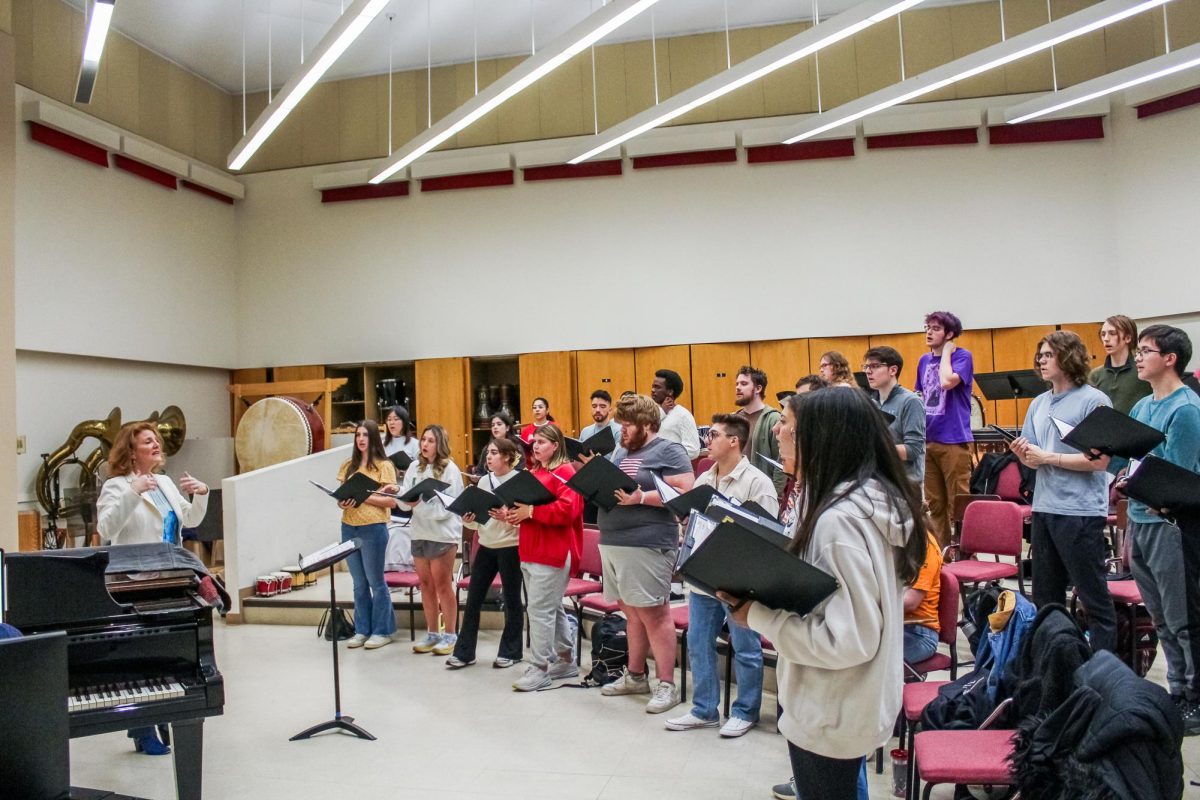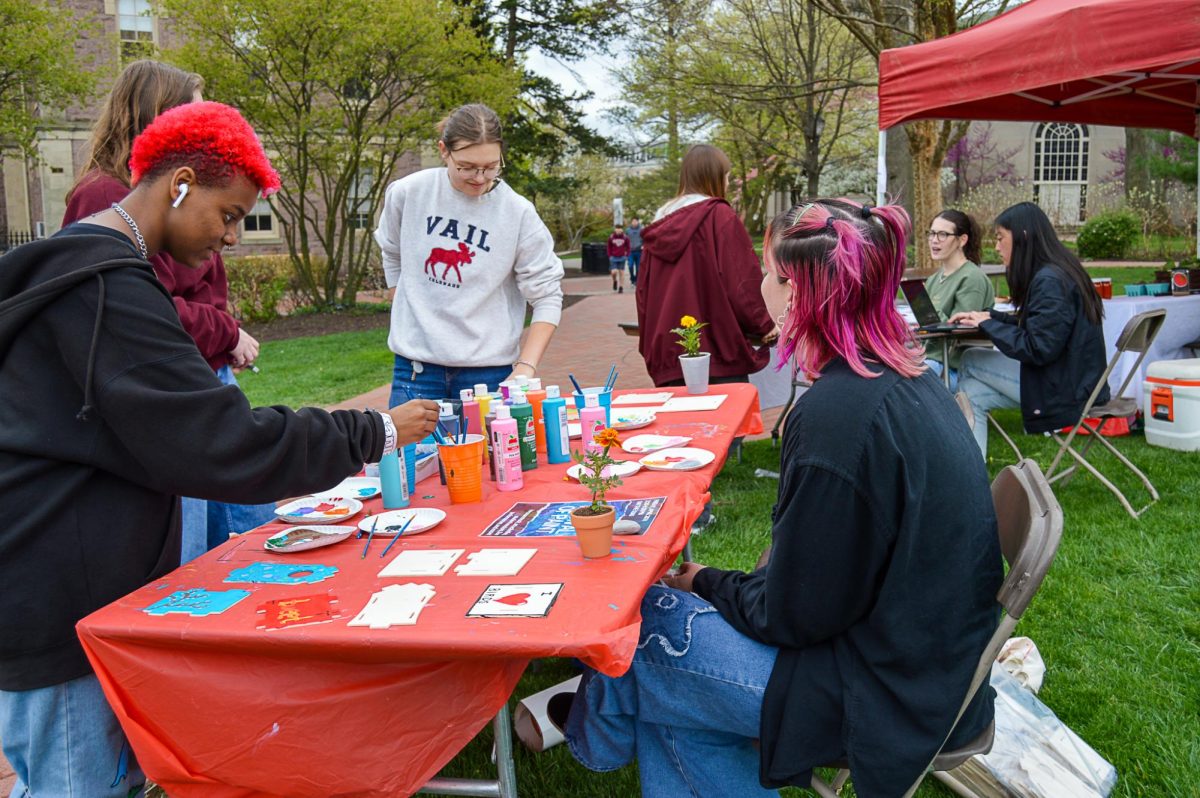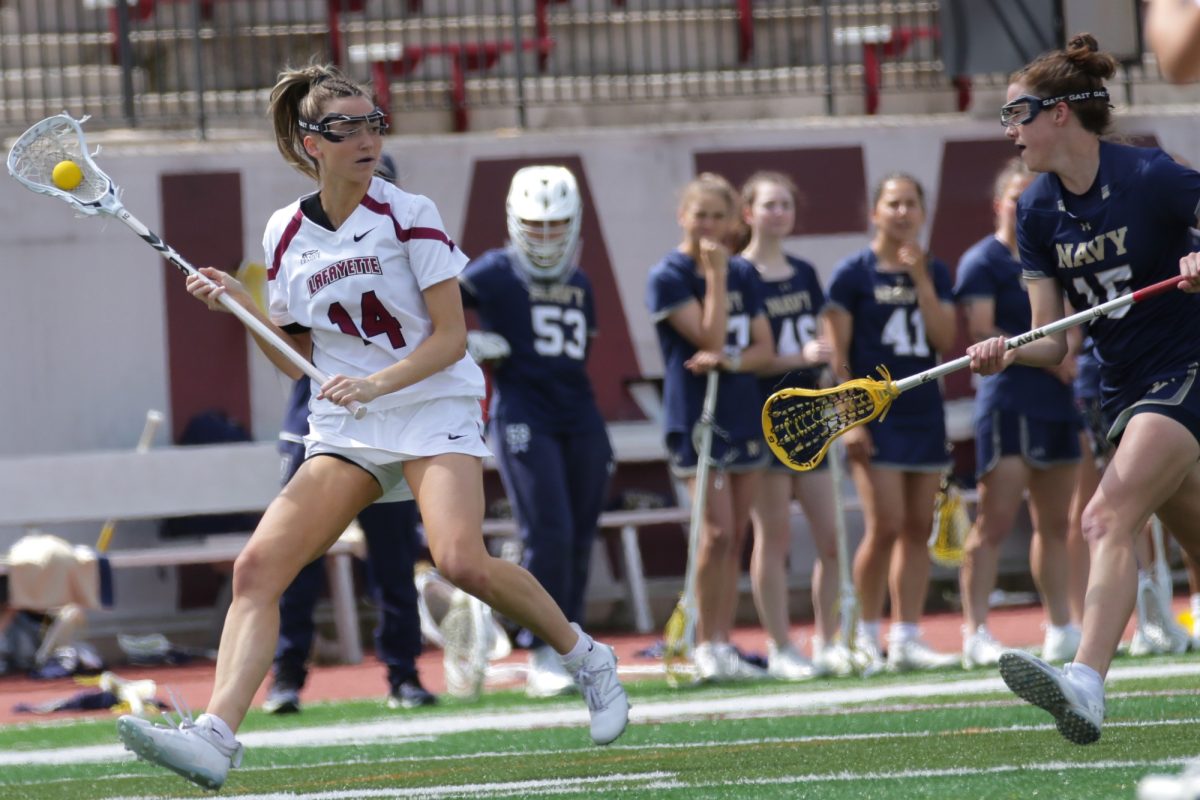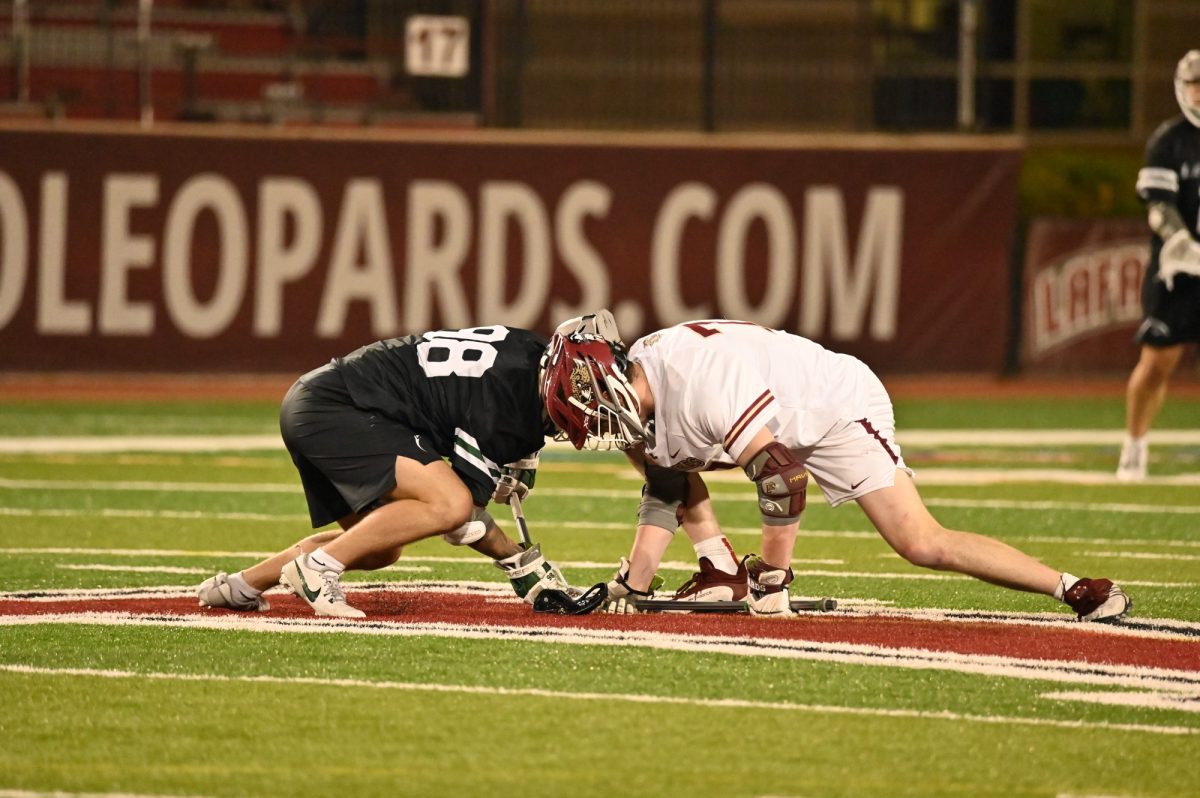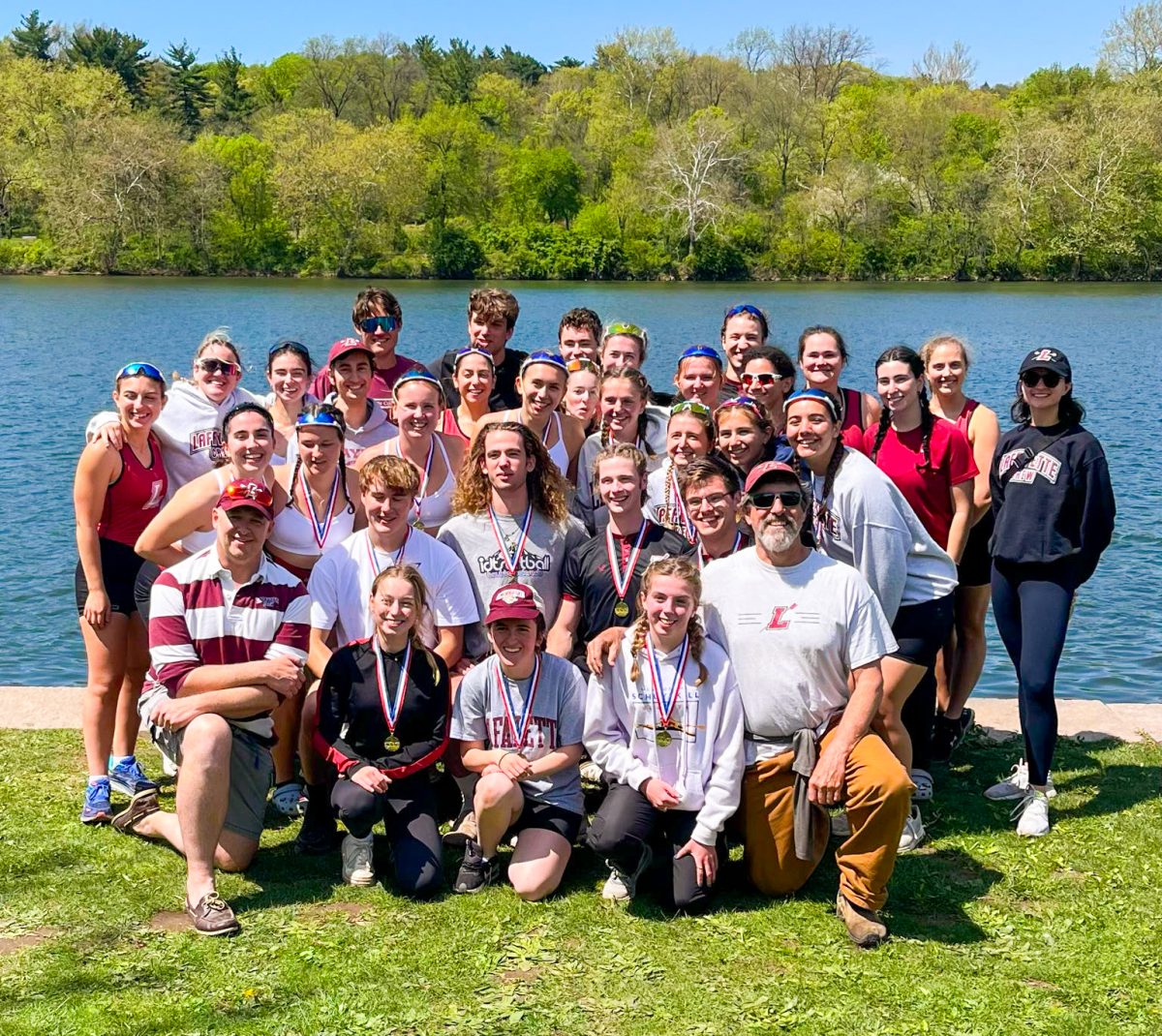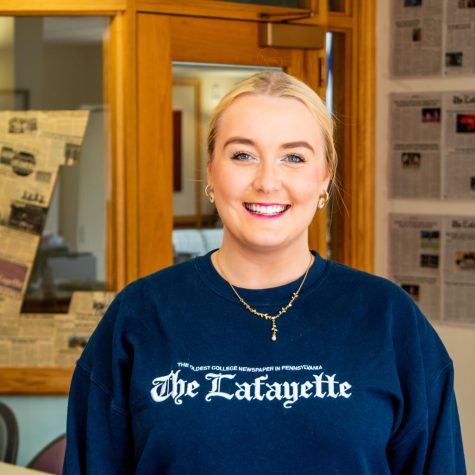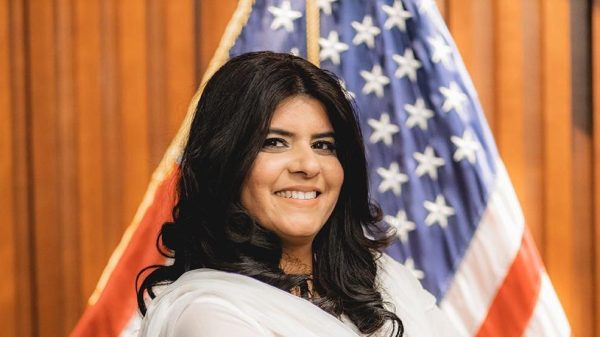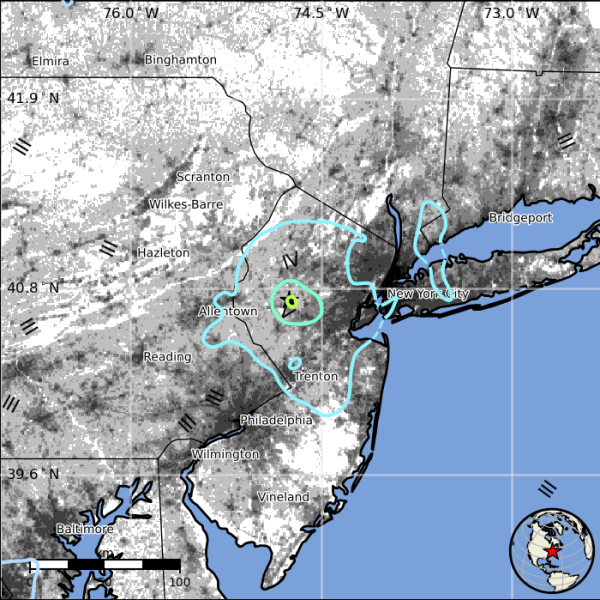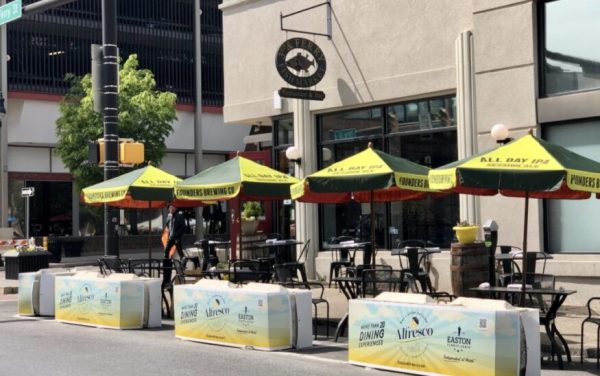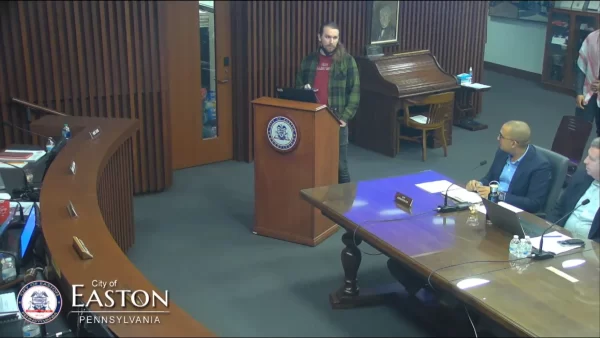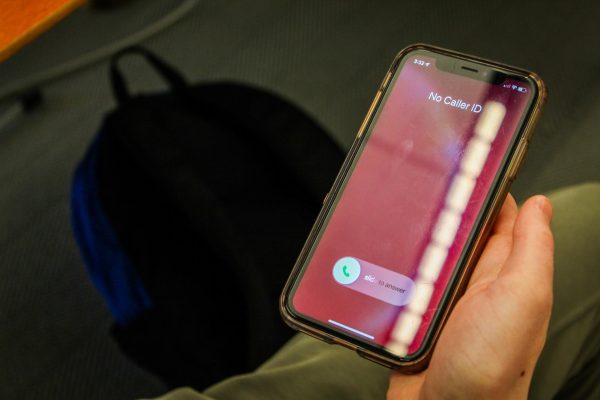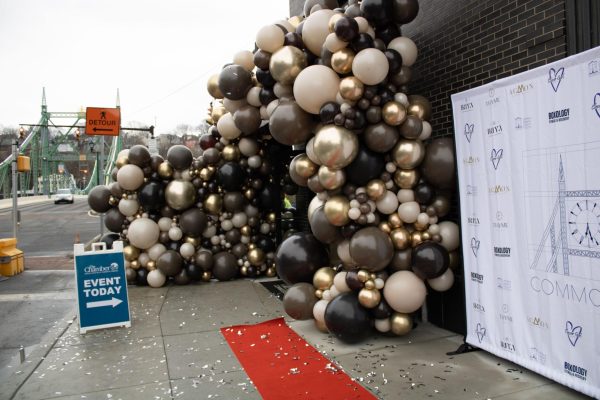Professor-led project invites audience to linger in spaces lost to gentrification
The documentary film marks Drew Swedberg’s feature directional debate. (Photo courtesy of Maya Nylund ’23)
November 12, 2021
Three years in the works and now deep into post-production, visiting professor of Film and Media Studies Drew Swedberg’s documentary project, “in love, in memory,” is moving towards completion. The film centers on Shalon Buskirk, a community leader and lifelong Allentown resident, as she attempts to recuperate memories of her son, Parris Jerome Lane, who was fatally shot in 2017. Buskirk co-directs and edits the project with Swedberg, who also acts as Director of Photography.
The documentary’s website connects Parris’s death with Allentown’s “haunting legacy of displacement.” As explained in scholarship by Wilberto Sicard, a student who did thesis work on redevelopment, a series of urban renewal projects segregated Allentown in the 1960s. An initial 1959 project by the Allentown Redevelopment Authority (ARA) displaced Black families to other downtown areas in order to build government buildings. In the following decade, these residents were repeatedly displaced by further renewal.
More recently, a 2017 study reported by WFMZ-TV found that Allentown has one of the highest rent-to-income ratios in the country. The station points to luxury apartments built inside the city’s “Neighborhood Improvement Zone” (NIZ) as a potential cost-driving factor.
Swedberg explains how the NIZ is a “multi-decade plan” for a “hyper-specific area in Allentown, that is enabled to make very aggressive and rapid moves in relationship to development because of the way that the tax structure is set up.”
As detailed on the City of Allentown website, with the exception of school district and city taxes, taxes generated in the NIZ “can be used to pay debt service on any financed improvements” for the zone.
While Swedberg explained that organizers in Allentown have been fighting for years for policies like a community benefit agreement in order to ensure the city stays affordable, no such policy has been instituted since the NIZ was created in 2009.
Swedberg began his creative partnership with Buskirk at a time while he was organizing around housing in Allentown, and she was organizing around gun violence. The interconnectivity of these issues is foundational to “in love, in memory.” Swedberg noted that the same year that Allentown was reported to have a soaring rent to income ratio, Parris passed away.
“Allentown had the most gun-related homicides that the city’s ever seen,” Swedberg said. “And those issues were never reported side by side.”
“in love, in memory” insists on the parallelism of these stories, with the erosion of memory as connective tissue. Taking the intimacies of Shalon’s experience of violence, the film attempts to “intervene in what is otherwise [the flattening force]” of a narrative of development that erases community history. It positions homes as intimate containers of memory, meditating on spaces where Shalon’s memories of Parris live, which are at times spaces that she can no longer access.
A related goal of the film is to understand displacement as violence in a landscape of harm. Swedberg thus sees gentrification as systemic violence disproportionately impacting communities of color.
“It’s not just the gun violence, which sort of gets pushed to the front of that landscape. [Where the city says] this place is not safe. So we need to make it beautiful and we need to push people out,” Swedberg said. “So we have to incarcerate people or we have to over-police, rather than saying this place is not safe, because [the city] is not making it safe for the residents that live here.”
Swedberg says that his film deploys “a coexisting aesthetic” of accountability and of patience to illustrate this landscape. By making collaborators feel “deeply cared for,” Swedberg, in close collaboration with Buskirk, can tell highly intimate stories. This is complemented by a sense of lingering, which counteracts the aggressive speed of development, gun violence and its news cycle.
Other creative interventions include a non-linear chronology, bringing the past into close conversation with the present. The film purposely refuses to pin specific figures as points of failure, in an attempt to “tell this story outside of carceral logic” common in the true crime genre, in which the incarceration of one evaporates systemic issues and “makes everything okay.”
The film also spotlights other voices in the community by turning to archival fragments of Another River Flows, a 2008 play centered on oral histories of displacement in the Lehigh Valley.
“It’s really about listening to the community members who are dreaming up solutions in response to the violences that they’ve experienced,” Swedberg said.
He noted that Parris himself modeled community-minded development in his work to restore a damaged Allentown home with the organization Youth Build, learning construction skills in the process.
“I think of the timestamp of grieving. How a film can become a way of loving my son and my city in the ways I need to…I am imagining a world in which this documentary did not have to be made and does not have to be made by anyone else,” Shalon said in a statement on the film’s website. “A world where my son was able to tell his story his way, in the same way he used to write the songs that filled up our home.”


